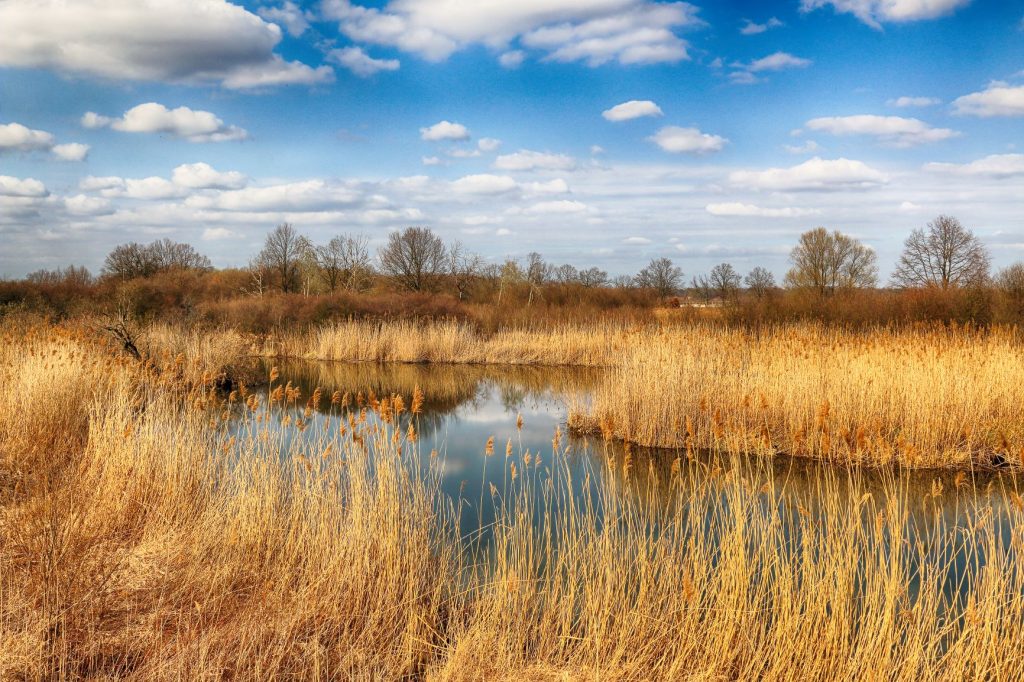Final Waters of the United States Rule
Jun 05, 2020
On April 21, 2020 the EPA published the final Waters of the United States (WOTUS) rule in the Federal Register. Blackstone previously provided a summary of the finalized rule in a February 18, 2020 update.
As discussed in our February WOTUS update, the new rule eliminates Clean Water Act protections for more than 18% of our streams and a majority of the nation’s wetlands. It also removes protections for ephemeral streams, which flow only after rain or during snowmelt. Hydrologists note that although these streams are often dry, there are times during the year where torrential downpours rain or snowmelt can carry significant pollutants downstream into more consistently flowing waterways, impacting recreation areas and drinking water intakes. According to the U.S. Geological Survey, ephemeral streams account for more than 18% of waterways nationwide but are more common in the arid West: accounting for more than 85% of the streams in Nevada. The rule also removes protections for wetlands that do not have surface water connections to intermittent or perennial streams, which account for more than 51% of the nation’s wetlands. Wetlands are important because they function as our “kidneys”, filtering pollution, buffering stormwater, and absorbing floodwaters, as well as providing critical habitat for wildlife, recreation, and shoreline erosion control, among others.

It is also important to note that delegated states have their own statutes to authorize environmental regulatory activities. And, many of these states have jurisdictional definitions that may be broader than the corresponding federal terms.
However, although the new WOTUS rule has been published, the arduous journey is not over. On May 1, 2020 in the Northern District of California, 17 States, the District of Columbia, and New York City sued to prevent implementation of the WOTUS rule. The 17 States joining in the lawsuit included California, New York, Connecticut, Illinois, Maine, Maryland, Michigan, New Jersey, New Mexico, North Carolina, Oregon, Rhode Island, Vermont, Washington and Wisconsin, the Commonwealths of Massachusetts and Virginia, and the North Carolina Department of Environmental Quality.
This claims identified in this suit are similar to those brought on October 23, 2019 by the Southern Environmental Law Center (“SELC”) in federal court in South Carolina and in the suit brought by the Natural Resources Defense Council on April 29, 2020 in Massachusetts. All three cases are asking the courts to declare that the new rules are “arbitrary and capricious” and to issue injunctions to stop their implementation.
Additionally, with the potential for a new administration to take office in 2021, the only thing that is certain about WOTUS is that a resolution to its definition will not be achieved in the near future.